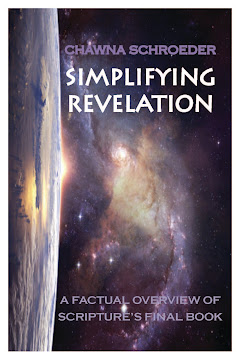Last week we covered the qualities of “lovely.” While loveliness is partially in the eye of the beholder, we discover that there is an innate sense of beauty that God built into each of us, an ability to recognize what pleases the senses and spurs us toward love. But how does this affect the fiction we read and the movies we watch?
Perhaps the most obvious application is to film. Since we tend to think of loveliness first in the visual realms, it’s easy to see how we might expect a movie to be lovely—after all, movies are continuous strings of images which can please the eye. But books too strive to create pictures in the mind’s eye, and like a shot in a film, we can find those pictures pleasing or displeasing.
Loveliness, however, is not confined to the visible realm, as the previous example with books hints at. Part of what makes the image from the written word pleasing is the use of the language. Consider how “a quaint cottage with spring flowers sprouting everywhere” paints a more beautiful image than “a dilapidated house overrun with weeds” does, even though they may describe the same scene.
More than that, the combination of words can please the ear the way a picture please the eye. Look again at the descriptions above and notice how alliteration of the first (a quaint cottage with spring flowers sprouting everywhere) pleases the ear more than straightforward language of the second. But by simply changing a few words, that second description can also become more pleasing to the ear without eliminating the unpleasant image: “A dilapidated dwelling overshadowed by weeds.”
This auditory pleasure is one foundation of good writing. On it we build everything from vivid descriptions in books to patter songs in musicals to dialogue in fiction and film. It also comprises a large part of the art of poetry and is a primary reason why Shakespeare is classic today.
But loveliness is more than sensory pleasure. Loveliness should cause love, the kind that God intended. For like everything else, sin can twist words and images to induce sensuous, idolatrous, or erotic love. Instead, lovely stories seek to evoke the love of I Corinthians 13:
 “Love is patient, love is kind. It does not envy, it does not boast, it is not proud. It is not rude, it is not self-seeking, it is not easily angered, it keeps no record of wrongs. Love does not delight in evil but rejoices with the truth. It always protects, always trusts, always hopes, always perseveres. Love never fails.” (I Corinthians 13:4-8a, NIV)
“Love is patient, love is kind. It does not envy, it does not boast, it is not proud. It is not rude, it is not self-seeking, it is not easily angered, it keeps no record of wrongs. Love does not delight in evil but rejoices with the truth. It always protects, always trusts, always hopes, always perseveres. Love never fails.” (I Corinthians 13:4-8a, NIV)Now those are the marks of a truly beautiful story.




No comments:
Post a Comment